What Is An Invasive Species?
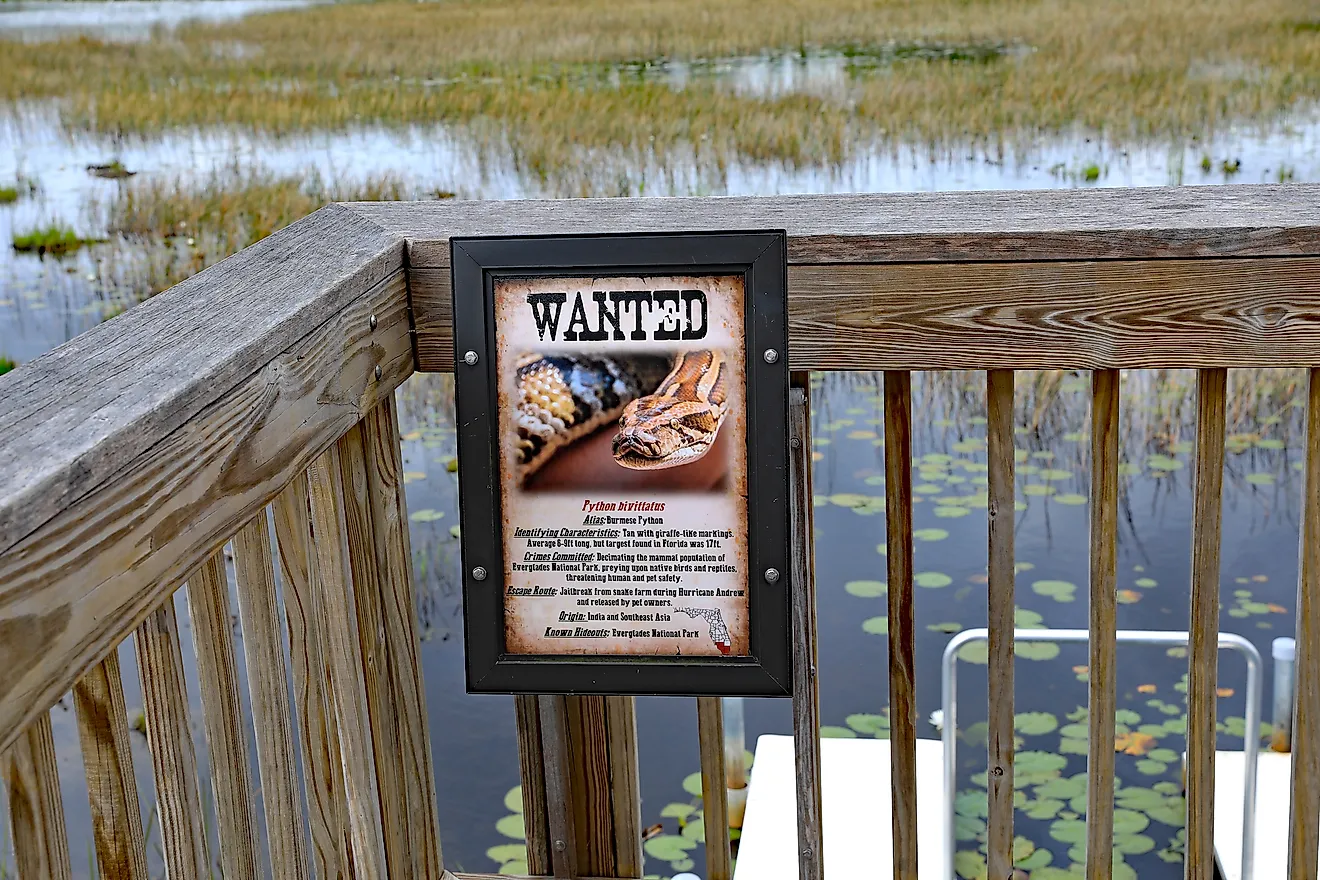
- The majority of extinctions have occurred on islands, with invasive species listed as the cause.
- Most invasive species are introduced to new regions by humans.
- Not all non-native species are invasive.
An invasive species is any organism found in an area where it is not indigenous or native. These may be plants, animals or insects not typically found in a particular region, and may cause significant economic or environmental harm in their foreign location.
However, not all non-native species are necessarily invasive. In fact, many popular varieties of food crops like wheat, tomatoes, and rice can be found in North America and are not native to the continent.
What Makes A Species Invasive?
Most notably, an invasive species is not native but adapts to its new area easily, reproduces quickly, and causes harm to property, the economy, or other regional plants and animals.
Where Do Invasive Species Come From?

Many invasive species are first introduced to an area by accident. For instance, zebra mussels are native to waters in the Black and Caspian Seas of Central Asia, but arrived in the Great Lakes as stowaways on large ships. Ships take on ballast water in their home port to maintain stability of the boat as it travels across the ocean, and once at its destination that water is released. However, the ballast water contains thousands of living creatures of shapes and sizes, including the zebra mussel. These mussels have now multiplied to population levels that threaeten native species of the North American lakes.
There are, however, some invasive species purposely brought into foreign regions. Sometimes they are introduced as pest control, though there are also instances of animals becoming pets or plants being used decoratively. Most often those who import the species do not foresee the impacts they may have on their new environment. For instance, in 1949 five cats were brought to Marion Island in the Indian Ocean to be used for controlling the mice population, and within 30 years there were more than 3,000 cats on the island, which posed a threat for the indigidenous birds.
In some areas, people have adopted pets and then released them into the wild where they are not native, such as goldfish in storm ponds or Burmese pyhtons in the Everglades of Florida, where they have few natural predators and are wreaking havoc on indigenous wildlife numbers.
How Do Species Become Invasive?
The main reason invasive species thrive in new regions is because as they multiply and reproduce swiftly, they also beat out native species when it comes to food sources. One North American example is the appearance of bighead and silver carp in the Missouri River, after the fish had escaped from farms in the 1990s. They feed on plankton, as do native species such as paddlefish, but because the invasive species feeding cycle is faster and its population grows faster, there is now not enough food in the river for paddlefish.
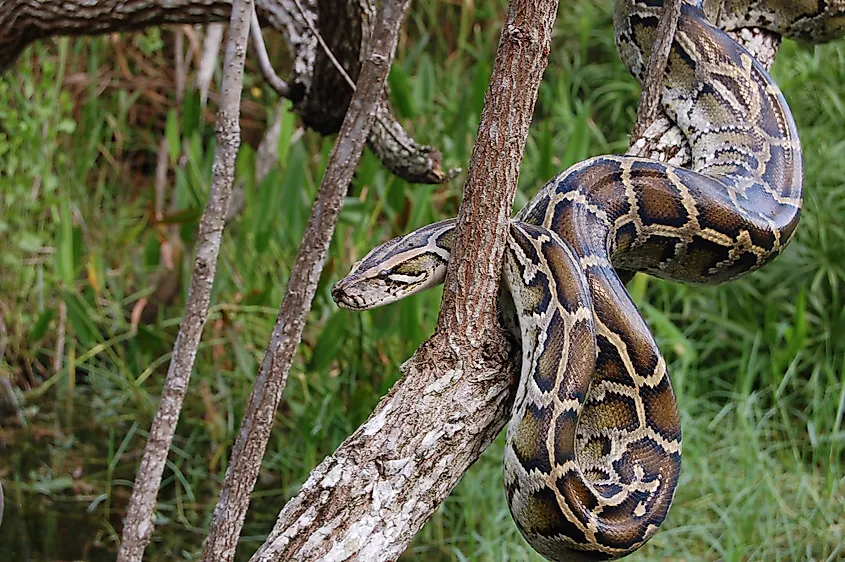
Like the Burmese pythons found in Florida, there are often no predators to hunt down invasive species as they have been introduced to a foreign environment. In Guam, brown tree snakes were brought in the mid-twentieth century and had no rivals; however, the snakes feasted on the birds, rodents, and small animals that inhabited the island and while the population of native species took a downward spiral, the number of brown tree snakes rose. Over the decades, the snakes have caused nine bird species in Guam to become extinct.
Beyond outcompeting native species for food or multiplying quickly, invasive species can also carry or cause disease.
Scientific studies have revealed invasive species are among the top threats to native wildlife in many regions, with nearly 42% of threatended or endangered species reaching this status at the hand of invasive species in their habitats.
What Is The Economic Impact Of Invasive Species?
In some regions, the introduction of certain plants or animals can cause stress on the local economy. For instance, the water hyacinth of South America is considered invasive in many areas, where it has been introduced for the benefit of its flowers. However, the hyacinth, which grows in water, spreads quickly and in Uganda caused destruction when boats could not get through the thick growth of plants on Lake Victoria, resulting in the closure of several ports. It also prevented sunlight from getting through to plants and algae below the surface, leaving fish without feed and the country's fishing industry suffered.
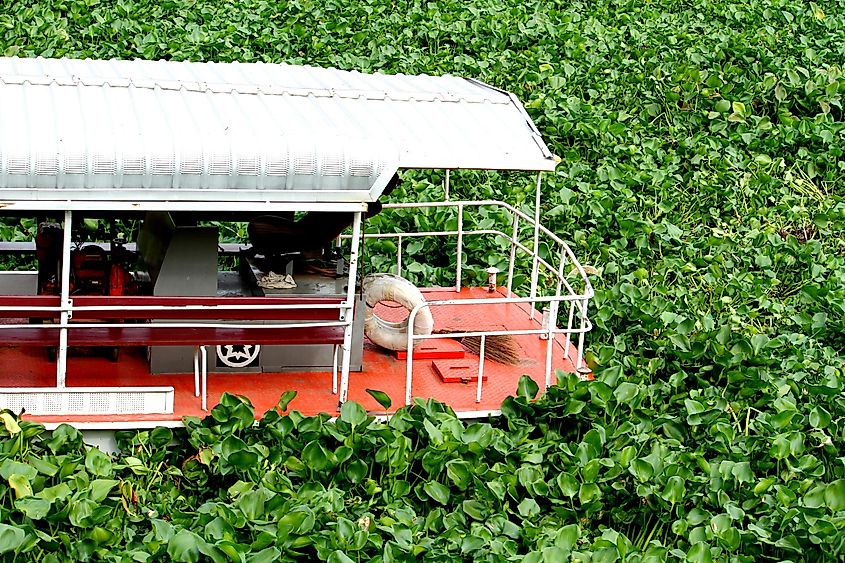
How Can Invasive Species Be Eradicated?
There are many varying means to rid regions of invasive species, depending on the organism and the level of invasion. On Marion Island, cats were infected with a virus to reduce the overwhelming population.
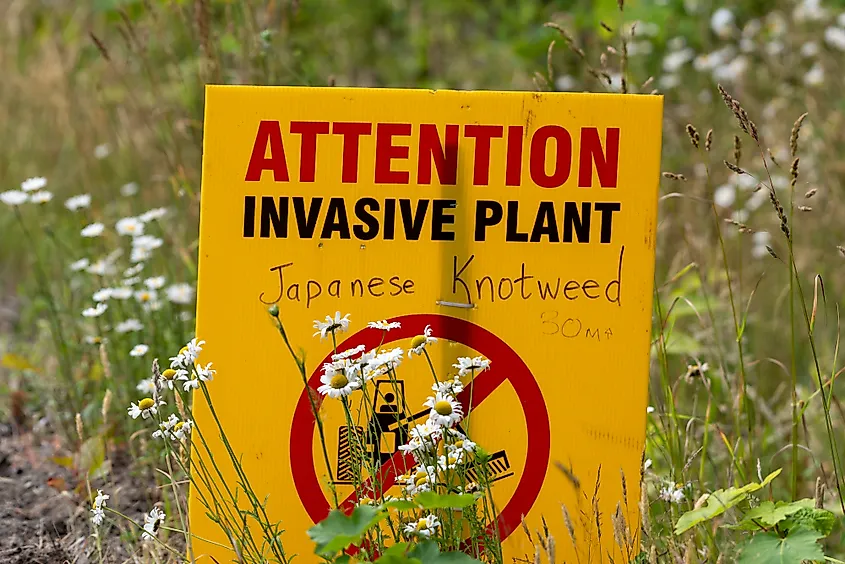
In some cases, other species are introduced to control populations of invasive species, such as the Australian government bringing in cactus moth caterpillars to eat the prickly pear cactus plants, native to America, which had been destroying the rangeland where livestock are raised. This was a calculated risk, as insects can sometimes become invasive species themselves and their addition to the landscape must be closely monitored.
Public Awareness Is Key
Governments across the globe are working at education campaigns to inform the public about invasive species. For example, in many regions fishers or recreational boaters are reminded to wash their boats before returning home to prevent the accidental transportation of species like zebra mussels.
In addition, gardeners and landscapers are reminded to check that invasive, non-native species are not being planted into flowerbeds and hikers are asked to clean their boots before treking through a new area. Many campaigns remind vacationers not to transport items like plants, animals, food, or firewood between ecosystems. Pet owners are advised never to release animals into the wild if they decide they can no longer care for them, but to find them a new home instead.
Which Species Are Threats In The U.S.?
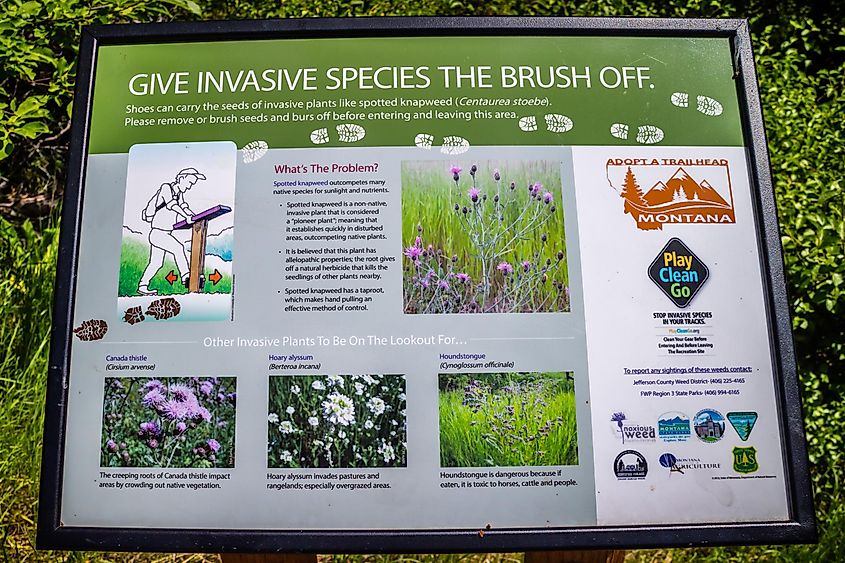
There are several known invasive species in America, including cogongrass, which is an Asian plant that arrived in packing material and spread quickly through the southeast States, where it took over native plants but provided no food source for local wildlife but increased the threat to animals because it burns hotter and faster than native grasses and could pose a signficant danger in case of wildfire.
As far as animals, feral pigs, European green crabs, and European starlings top the list. The pigs will eat anything, including native birds, and source out foods like acorns faster than regional wildlife. In addition, they spread disease to both people and livestock, including E.coli and brucellosis. Green crabs made their way into the San Francisco Bay in 1989, where they now eat large quantities of shellfish and threaten local fisheries. Starlings were introduced to the United States by Eugee Schieffelin due to his appreciation of William Shakespeare - the birds had been mentioned in the play Henry IV and Schieffelin decided to unleash 100 imported birds into Central Park, in New york, in 1890 and 1891. Within 50 years, the birds had moved across the continent and today there are more than 200 million starlings, which are considered noxious and destructive to crops, competing with native species for food and contaminating water sources.
Dutch elm disease, a fungal infection of trees by elm bark beetles, is prolific in the United States. It has spread from Ohios through most of the country in the past 90 years, wiping out nearly half of America's elm trees.











